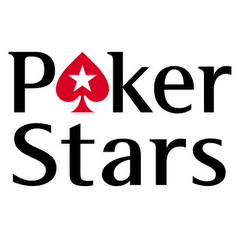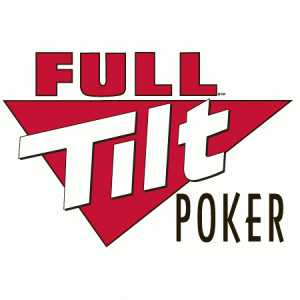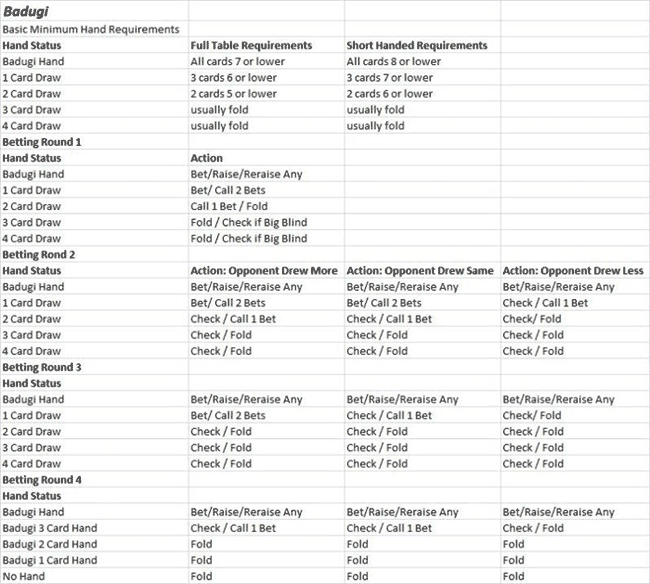Since 2006, when the World Series of Poker introduced it into their line-up of events, HORSE has gained popularity in the poker community. HORSE involves playing four variation games – Holdem, Omaha Hi/Lo (Eights or better), Razz, Seven Card Stud, and Seven Card Stud Hi/Lo (Eights or better). The eights or better refers to the low hand in that particular game must consist of an eight or lower to make a low hand.
For detailed instructions on how to play each game, visit the following pages:
Texas Holdem Poker – How to play
Omaha Hi/Lo Eights or Better – How to play
Razz Poker – How to play
Sever Card Stud – How to play
Seven Card Stud Hi/Lo Eights or Better – How to play
The game can be played at any limits (limit, pot-limit or no-limit), but the most popular and most found online is limit.
Limit simply means the game has a fixed limit to the amount players can bet, and a prescribed number of raises. When it is your turn, you may only bet or raise by an amount equal to the minimum for that round. The standard bet in the first two betting rounds of a limit poker game is equal to the game’s lowest limit. The standard bet in the final three rounds of a limit poker game is equal to the game’s highest limit. Usually, there can be no more than one bet and three raises per round of betting. Once the third raise has been reached, betting is said to be ‘capped’.
Normally in HORSE, the game type rotates when the blinds progress, unless stated otherwise. For example, if the blinds are every twenty minutes, the game type changes every twenty minutes.
The game begins with the dealer dealing one card face-up to determine where the dealer button will be. The first player to the left of the dealer button is the small blind and the second player to the left of the dealer button is the big blind. The players post their blinds and the dealer deals, beginning with the small blind.
There are no blinds while playing Razz and Seven Card Stud (both Hi and Hi/Lo). For Razz, all players post an ante (An ante is a forced bet in which all players put an equal amount of money or chips into the pot before the deal begins) and the player with the highest card brings in based on what the blinds are for that level. For Stud, all players post an ante and the player with the lowest card brings in. See links above on how to play each individual game.
One strategy for playing Horse is to take the utmost advantage you can gain from games you are good at, while avoiding taking crippling blows in games you are weaker in. Obviously, the absolute best strategy for HORSE is to be good at all the games. A good player becomes familiar with all games in HORSE. A player cannot master HORSE without knowing all the games involved. This requires a lot of practice and a good amount time, effort, and energy. To be successful at HORSE, players will have to play any and all of these games with a large degree of skill. Players who are weak in any of these games will fall by the side of the road and be quickly overshot by more skilled players.
When first learning HORSE, play low limits or play in a tournament with a small buy-in. Several online poker sites offer HORSE freerolls on a daily bases. If you are weak in any of the games, you can also focus some time learning that game by playing it, reading books, reading articles, or visiting poker forums such as the one here on Holdem Poker Chat for strategy threads.






 Royal Flush:
Royal Flush: Straight Flush:
Straight Flush:
 Full House:
Full House: Flush:
Flush:
 Three of a Kind:
Three of a Kind: Two Pair:
Two Pair:
 High Card:
High Card: